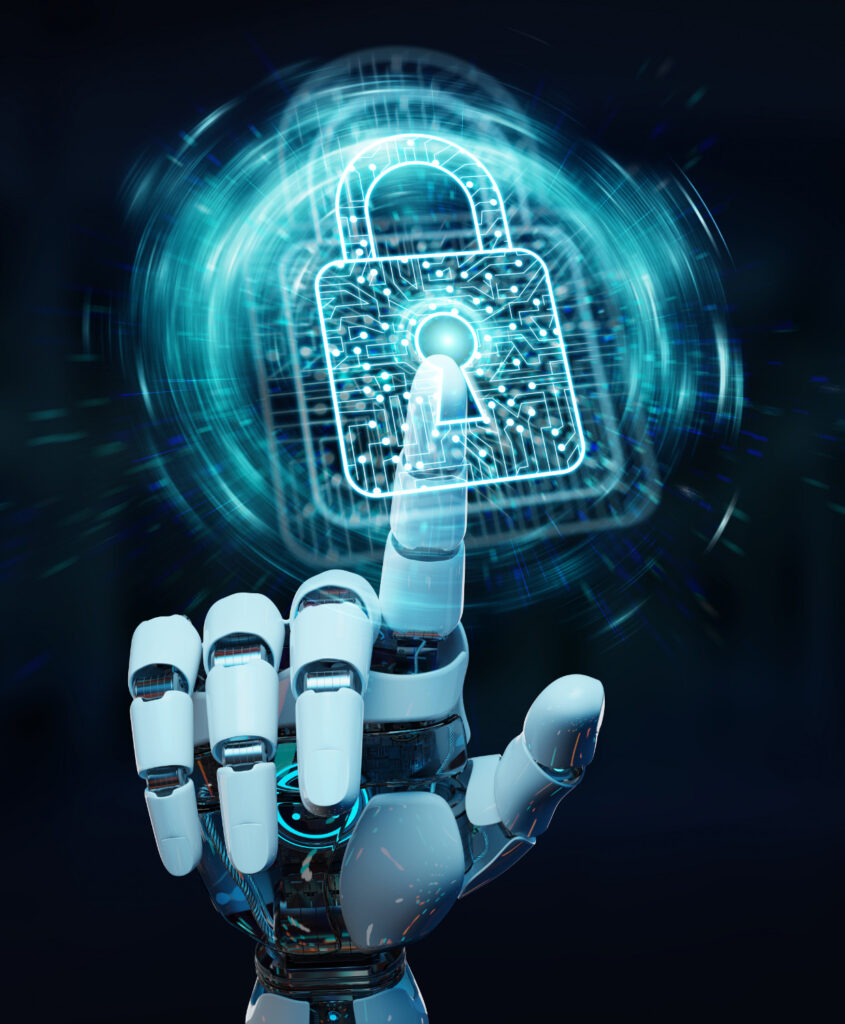In 2024, the importance of prioritizing cybersecurity has never been more crucial. With the increasing reliance on digital technologies in every aspect of our lives, the threat of cyber attacks is ever-present and evolving. From personal data breaches to sophisticated ransomware attacks on critical infrastructure, the risks to individuals, businesses, and entire economies are significant.
The Growing Threat Landscape
As we continue to integrate technology into our daily operations, the attack surface for cybercriminals expands. The rise of the Internet of Things (IoT), cloud computing, and remote work has introduced new vulnerabilities that can be exploited. Cybercriminals are becoming more sophisticated, employing advanced tactics such as AI-driven attacks, deepfakes, and supply chain compromises.
Economic and Reputational Impacts
Expert insights have shown that investing in robust cybersecurity measures is essential to mitigating these risks. Cyber attacks can lead to substantial financial losses due to operational disruptions, legal penalties, and the costs associated with remediation efforts. Furthermore, data breaches can erode customer trust, damage brand reputation, and result in a loss of business. According to recent studies, the average cost of a data breach in 2023 was estimated to be around $4.24 million, a figure that is expected to rise in 2024.

Proactive Cybersecurity Strategies
By prioritizing cybersecurity, organizations can protect their sensitive information, maintain the trust of their customers, and avoid costly breaches. Here are some strategies that experts recommend:
1. Advanced Encryption Technologies: Implementing end-to-end encryption for data both in transit and at rest can prevent unauthorized access. This includes using advanced cryptographic algorithms that are resistant to quantum computing threats.
2. Continuous Monitoring and Incident Response: Establishing a Security Operations Center (SOC) that continuously monitors network traffic for unusual activity is crucial. Rapid incident response protocols should be in place to quickly address and mitigate potential threats.
3. Regular Security Audits and Penetration Testing: Conducting regular security audits and penetration testing helps identify vulnerabilities before they can be exploited. These proactive measures ensure that security policies are up to date and effective.
4. Zero Trust Architecture: Adopting a Zero Trust security model, which operates on the principle of “never trust, always verify,” ensures that every access request is thoroughly authenticated and authorized, regardless of its origin.
The Human Element
In addition to technological measures, it is also crucial for organizations to prioritize cybersecurity training and awareness among their employees. Human error remains one of the leading causes of data breaches. Educating staff on best practices for handling sensitive information, recognizing and responding to phishing attempts, and understanding the importance of strong, unique passwords can greatly enhance an organization’s overall security posture.
Regulatory Compliance
Organizations must also stay abreast of evolving regulatory requirements related to data protection and cybersecurity. Regulations such as the General Data Protection Regulation (GDPR) in Europe and the California Consumer Privacy Act (CCPA) in the United States impose strict guidelines on how organizations must handle personal data. Non-compliance can result in hefty fines and legal consequences.
Addressing the Cybersecurity Skills Gap
One significant challenge in the cybersecurity landscape is the growing skills gap. The demand for skilled cybersecurity professionals has outpaced the supply, creating a critical shortage in the workforce. This gap makes it difficult for organizations to find qualified candidates to fill essential roles needed to protect against and respond to cyber threats.
To address this gap, enhanced education and training programs are essential. Academic institutions need to collaborate with industry experts to develop relevant curricula, provide hands-on training, and offer certifications that reflect the current state of cybersecurity. Additionally, organizations should invest in upskilling and reskilling their existing employees, providing continuous learning opportunities to keep pace with evolving threats.
Promoting workforce development initiatives, such as scholarships, internships, and apprenticeships, can attract new talent to the field. Encouraging diversity and inclusion within the cybersecurity workforce can also expand the talent pool and bring varied perspectives to the industry. Public-private partnerships and increased awareness about career opportunities in cybersecurity are crucial steps in addressing this skills gap.
Embracing a Culture of Security
Creating a culture of security within the organization is vital. This involves leadership setting the tone at the top, ensuring that cybersecurity is viewed as a fundamental component of the business strategy, not just an IT issue. Regular training sessions, clear communication of policies, and incentivizing secure behavior can help embed this culture.
Collaboration and Information Sharing
Cybersecurity is a collective effort. Collaborating with industry peers, participating in information sharing and analysis centers (ISACs), and staying connected with cybersecurity communities can provide valuable insights into emerging threats and effective defense strategies.
The Role of Emerging Technologies
As threats continue to evolve and become more sophisticated, it is imperative that organizations stay ahead of the curve by leveraging emerging technologies such as artificial intelligence (AI) and machine learning (ML). These technologies can enhance threat detection, automate response processes, and provide predictive analytics to foresee potential vulnerabilities.
“In 2024, prioritizing cybersecurity is a strategic imperative. Organizations must adopt advanced technologies, foster a culture of security, and address the cybersecurity skills gap to effectively navigate the evolving threat landscape and protect their digital assets.”
Conclusion
Overall, prioritizing cybersecurity in 2024 is not just a necessity but a strategic imperative for any organization looking to safeguard its operations and maintain the trust of its stakeholders. By staying vigilant, proactive, and investing in the right resources and expertise, organizations can effectively navigate the complex and ever-changing threat landscape and ensure their ongoing success in the digital age. The key to resilience lies in a comprehensive, multi-layered approach that encompasses advanced technology, human awareness, regulatory compliance, and a culture of security.




